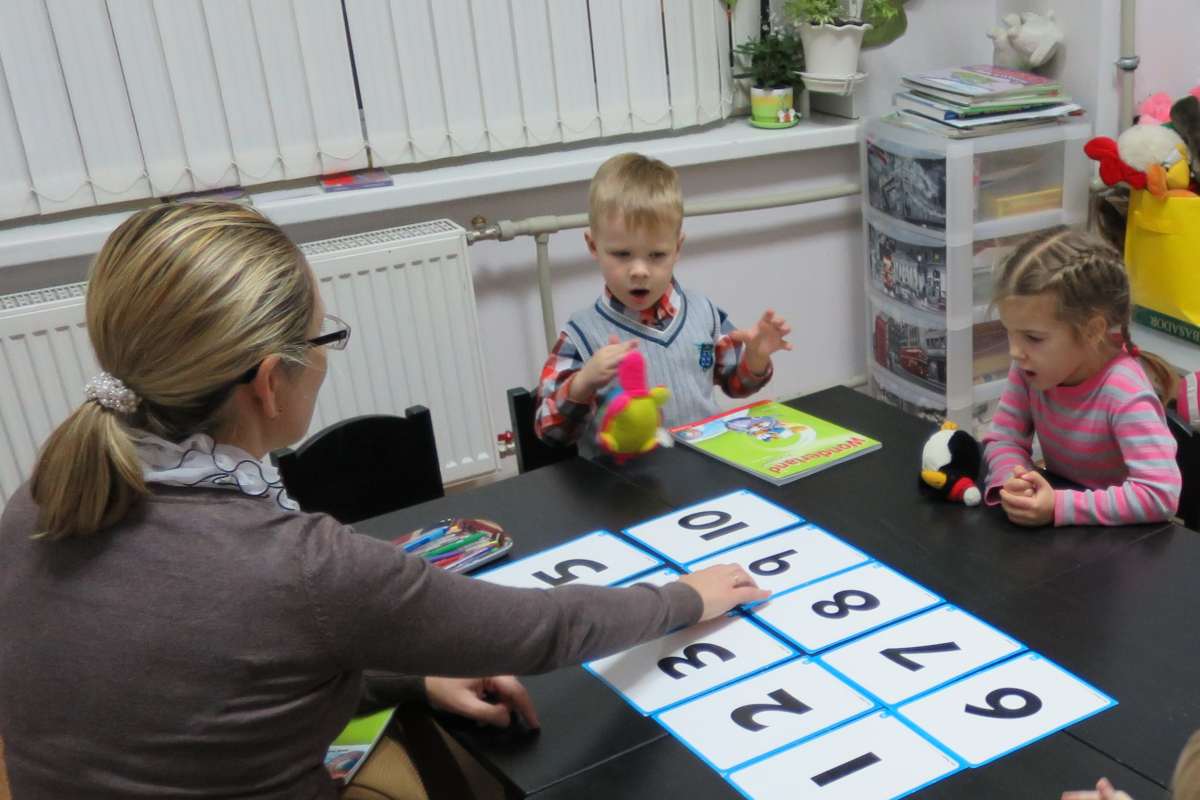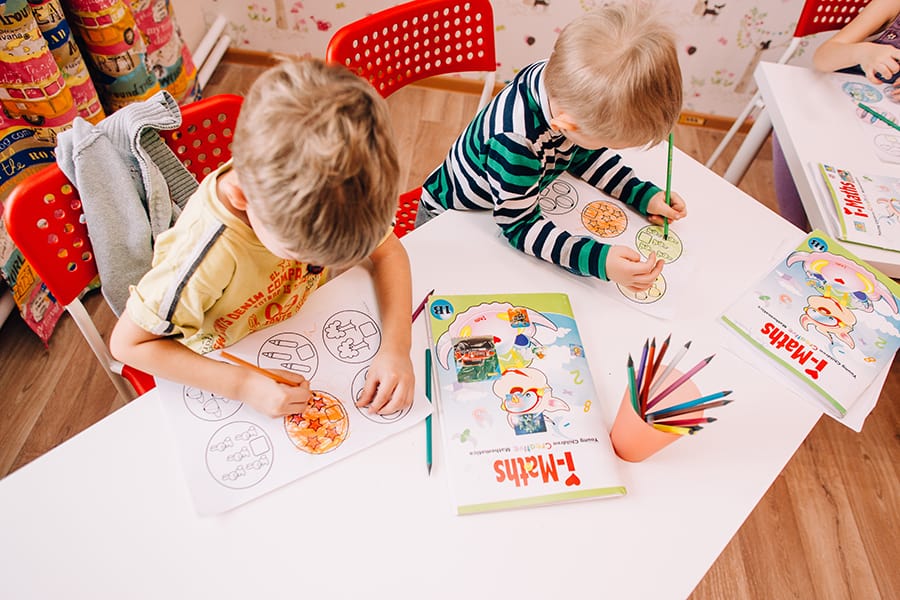
The method of raising children and learning to their mathematical skills is described in this material.
The content of the article
- Mathematical concept: methods of its formation in preschool children
- Key requirements for modern methods of working with children of different age groups
- Main modern requirements for the mathematical development of the pre-school group
- Formation of mathematical ideas in the older pre-school group
- Gaming techniques in the training of mathematical knowledge
- Oral and evidence techniques
- Methods of mathematical education with children, lagging and successful in training
- Video: Formation of elementary mathematical ideas from preschoolers 3-5 years
The full development of the brain of the child, its adequate perception of the environment, orientation in time space is formed in the first few years of life. From how the laws of logic in orphanage are learned, the entire further stage of human thinking depends.
Mathematical concept: methods of its formation in preschool children
Training your skills, accumulating experience, the child's intellect is developing. And in this important role is mathematical knowledge. The collective task of the Company to help adapt to the method of learning and practical prompts.
- The basis of the mathematical concept includes a number of exercises and tasks concentrated on a materially tangible function that gives basic knowledge about mathematics as a whole. The teachers help to cope with this child in the process of learning and acquiring mathematical skills.
- Already in the first year of child learning masters the discipline of behavior The ability to clearly express tasks and respond to the question. Thanks to competent methodical training, the child acquires an understanding of the numerical series, volumes and values, time intervals.
- It is learned by summing and subtraction, multiplication and division. Большая часть заданий проходит в игровой форме и позволяет сохранить концентрацию внимания ребенка на обучении: прохождение эстафет, разгадке математических ребусов, участие в квестах.
- Для решения поставленных задач педагог использует метод разделения на группы – это позволяет обучить дошкольника коллективному взаимодействию. Ребенок учиться аргументировать свои суждения, анализировать действия других и делать выводы. Учится распознавать ошибки и исправлять их. Использовать вспомогательные материалы: таблицы, счетные палочки, линейки, геометрические предметы.
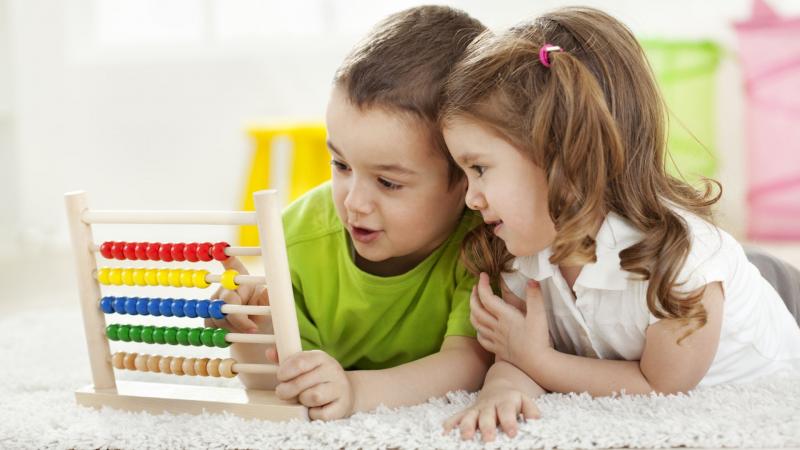
Дошкольники
- Также педагог дает дополнительные задания, позволяющие ребенку закреплять освоенный материал вне учебного учреждения. Для домашнего занятия – учебники, тетради для практических работ.
- Для групп постарше развивающие компьютерные программы. Каждое новое задание педагог подбирает с учетом уже приобретенного опыта ребенка. Повторение изученного материала помогает дошкольнику осваивать новый урок.
- В процесс закрепления пройденного материала полезно вовлекать и родителей. Для этого педагог проводит консультационную работу с родителями. На этом этапе можно определить насколько быстро идет развитие у ребенка – опережает или отстает от своих сверстников. Требуются дополнительные индивидуальные занятия или нет.
- Подача информации детям не должна быть выше уровня их понимания. Следует избегать сложной терминологии. Воспитатель должен поощрять дошкольника за хорошо проделанную работу – это стимулирует к достижению наилучших результатов.
ВАЖНО: В теплое время года стоит отдать предпочтение освоению программного материала в неформальной обстановке – прогулки, походы, детские лагеря. На занятиях должны использоваться наглядные материалы, учитывая возраст детей и поставленные задачи.
Материалы должны быть красочными и привлекательными. Достаточное количество различных форм. Предметы удобны в применении к заданиям. Воспитатель должен задать сценарий задания так, чтобы во главе его лежала математическая составляющая, но, в то же время оно не выглядело скучным. Совокупность данных методов готовит ребенка для перехода к более сложному этапу освоения математических задач необходимых для начала обучения в школе.
Ключевые требования к современным методам работы с детьми разных возрастных групп
Важно проводить анализ обучающей программы для каждой группы по темам:
- объемы и величины
- пространственная ориентировка
- geometric figures
- представления о числах
- временном пространстве
- quantity
At an early age, children are interested in self-education and knowledge of mathematical azes in order to improve communicative skills and adaptation in society. Based on this, the task of pre-school and educational institutions to develop and implement a methodology that contributes to early mathematical development. The objective of the task is to perform modern requirements for mathematical development in children in the pre-school period.
Main modern requirements for the mathematical development of the pre-school group
First mathematical skills The child can master in age four years It happens in the process of mastering tasks in a game form. The educator must create an atmosphere around a child contributing to engaging in the game. Set the leading questions to help engage the visual and oral assessment to determine the elementary computing: a form, value, temporary space, quantity.
Build chain tasks so that the child carries out comparative or grouping actions. Recreated a row from the elements of the game. Cleot to count. Direct the actions of the child to show the initiative during the game.
Motivate promotions for greater results. The child must have didactic materials, cognitive games, developing logical thinking: colored cubes, pyramids, geometric puzzles, transformers, counting sticks, cards-pictures of items.
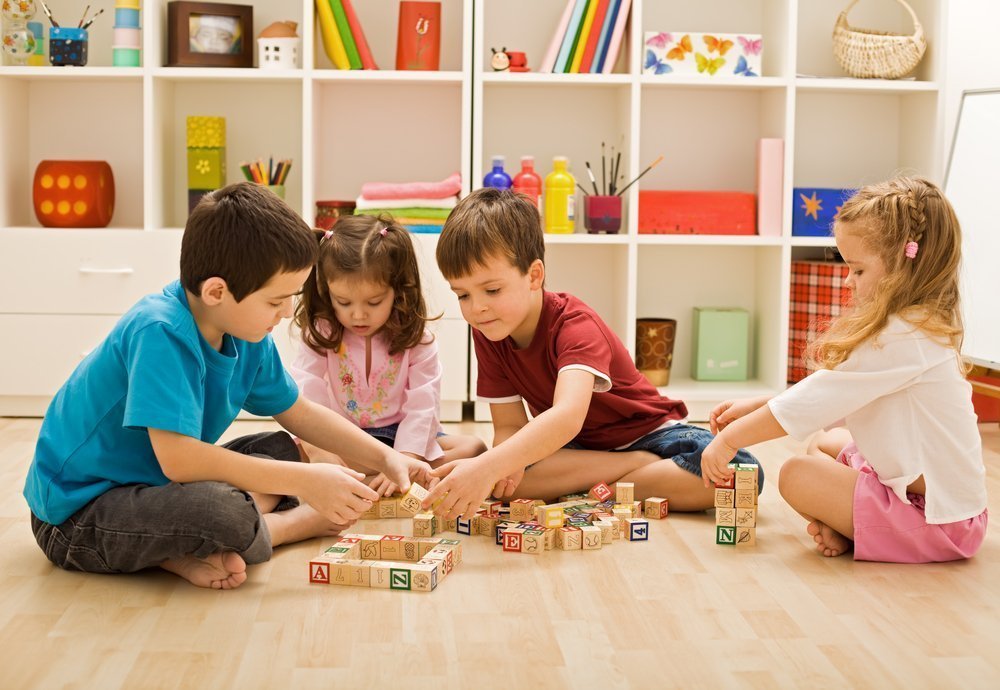
Дошкольники
This will make the basis of the ability:
- connect objects to groups
- distinguish and distribute them in shape, color, quantity
- eliminate or make an element by comparing
- evaluate
- describe actions and argue about further travel
The results of the impact of the development of mathematical concepts on speech and cognitive abilities in children under the age of five:
- Presentations of figures and numbers - Memorization and recognition of numbers, skill to count to ten loud. Focus in the order assignment of the number, forming objects into numeric groups. Compare the number of objects. Answer questions about the action of solving problems.
- Properties of objects - Determination in length and height, comparison in width and thickness, understanding of mass and volume. The ability to recognize geometric shapes, determine their structure. Bind objects between themselves in the group of comparison method. Sound a row of manipulations with objects.
- Comparative relations - distribution of objects in form, color, number. The formation of temporary and spatial links with objects. Lining successive chains by properties. Speech skill Express the comparison stages and definitions in the time frame.
- The concept of unchanged magnitude - Spectative perception of objects in space and preservation of their values, regardless of the location and time segment. The ability to verbally reflect the finding of the subject and its properties in the temporary space.
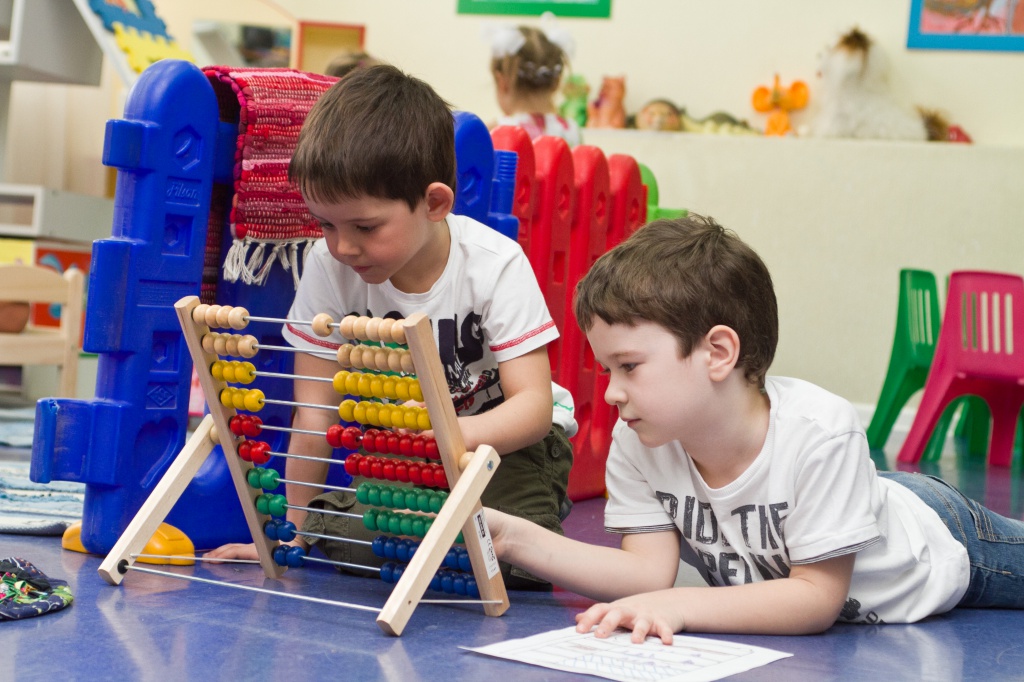
Development of skills
Formation of mathematical ideas in the older pre-school group
Account and number
The concept of learning the older pre-school group is to expand the child's knowledge about the numbers and calculations.
- The teacher clarifies each number separately. Focusing on such numbers as 0 and 10.
- Explains the order of their formation and the situation in a numerical series. In the course of training, visual examples are used, visualization and eye goes.
- The comparison method of a numerical series, a child learns new formations and definitions of numbers. Instructions in practice the use of a number to subjects. Members a graphic image of the numbers.
- The whole academic period, children perform practical tasks with numbers - producing attentiveness, the ability to memorize, analyze and perform them. The teacher explains the clearly invariance of the number from its location in the numerical series.
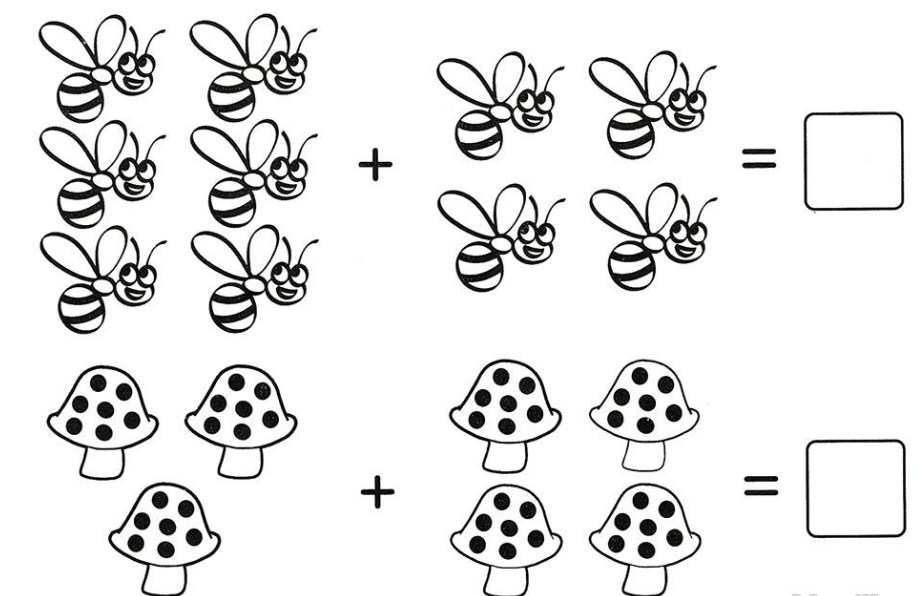
Check
- The magnitude and volume of objects, the distance between objects does not affect the number itself. This forms the concept of the independence of the number in children, teaches to be considered in different directions from any point of reference. Decisions the sequence account and its direction.
- Also produces an understanding of an integer, and division into parts. For clarity, the teacher uses examples: cutting apples to half or flexing the sheet into several parts.
Acquaintance with geometric shapes
In the senior group, new forms begin to add to the learned material. So to already known geometric forms, new ones are added.
- Using the overlay of one figure to another, children determine the similarity and differences from one another. The educator leads examples to similar shapes with objects: the ball is round, egg - oval shape.
- The figure appears - the quadrilateral. An understanding is formed about the figure of the quadrangle and its properties. According to essential features, a comparative analysis of various forms is carried out. So the teacher by comparing with a triangular form, brings to the formation of the determination of the quadrangle.
- The task is given to independently conclude which figures have the right to be called quadrangles. The method of practical training, children learn to group facilities according to one of the signs without taking into account other values. Preschoolers produce the ability to describe their actions.
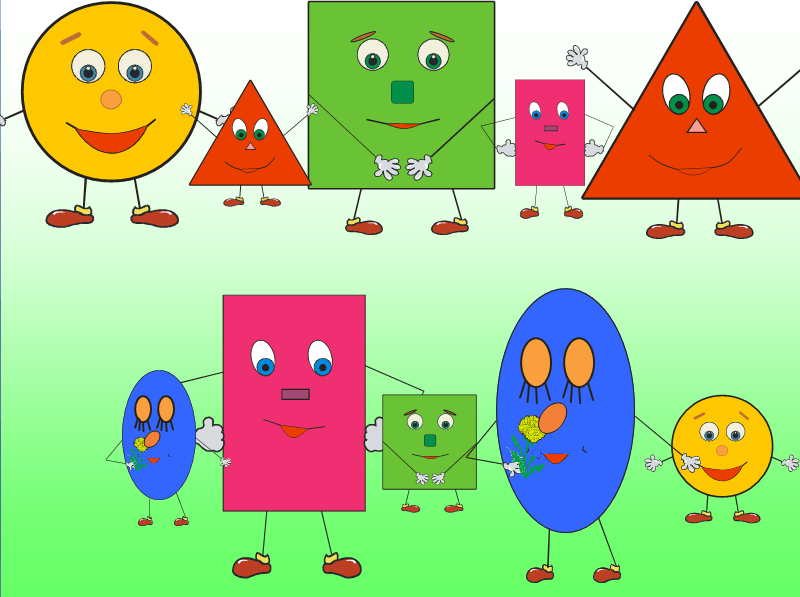
Geometry
- Learn to find geometric forms in environmental objects, recognize in graphics. The educator must introduce preschoolers with the variety of correct and irregular forms: rectangular triangles, equilateral, isosbed; Quadrangles - squares, diamonds, rectangles.
- Experiments with geometric material have an impact on further mathematical understanding of preschoolers: the ability to compare and classify items into groups on important features, identify similarities and differences.
Measurement and magnitude
Preschoolers of the senior group already have sufficient experience of determining values \u200b\u200b- a comparison of items among themselves in length, height, width.
- Conditions to group, streamline, find the similarity and difference between items on individual measurements. They know how to formulate an oral response to the task.
- Further, the learning program includes a measurement using a conditional measure. With the help of practical sessions, children learn to determine the volume of liquid and bulk bodies, the value of the items. When measuring lengthy values, the educator introduces children with the basic rules for measuring values \u200b\u200b- demonstrates measure.
- Shows how to properly use it - by applying and comparing the start of measure to the measured object. Tells how to celebrate and calculate the measurement result. Children must learn themselves and accurately comply with the sequence of measurement actions. To measure bulk and liquid components, auxiliary measuring items are used - a spoon, a cup, a glass.

Measure
- The educator clearly demonstrates measurement options - a complete glass, half of the glass. Demonstrates the calculation technique: after each measured glass, one subject is postponed, items mean the number of glasses. Measurement items must be well-visible to children well be visible entire process.
- For better assimilation of the material, measurement instruments should be diversified, alternate measurement objects. This will learn to determine the number of standards in the subject, to measure the equal measure part, to compare items from the measurement results. Working with measurements allows children to understand the principle of education of the number.
Spatial and temporary landmarks
The main task is - Teach children to determine their location, Measure the direction of movement, orient on the ground. The child must understand what side of it is subject to it, express it in a verbal form. Master the name of the days of the week, calendar calculations, hour intervals. The method of practicing a child is trained to perform actions according to the deadlines. Temporary frames he tries to install himself. It helps to develop discipline.
Evaluation of mathematical education techniques
To develop abstract thinking and analytical abilities in children, the educator makes it possible to show the initiative. The material is fed in an intriguing, entertainment form. Provokes the child to connect to the process - think, make decisions, justify actions. Used visual materials.
Applied learning mechanisms
The basis of the method is included the development of mathematical skills in children through practical tasks. The tutor supplies the necessary material: pictures with examples, countable objects, geometric shapes, measurements.
Practice for holding
Conducting occurs in two ways:
- Individual training - The educator focuses on the features of the child's development. Controls the process of perception and execution of information. Conducts visual examples. Engines in the child's dialogue. Gives additional tasks for self-development.
- Group study - The flow of information occurs in the team. Tasks are distributed to a group or pairwise. The teacher distributes didactic materials for clarity. All members of the group are interacted. Compare results.

Collective classes
The tasks must correspond to each age group. Combine the completed material to consolidate and master the new. Combine various task operations. Complete as actions increase. Practical tasks should be considered in aggregate with the annual training program - to be interconnected.
Varieties of exercise
The curriculum uses:
- Reproducible Actions - The educator sets the rule of execution of the task. Demonstrates a sample action. Coordinates execution time. The task of children perform all the required conditions.
- Effective actions - The teacher voiced the task and allows children to improvise. The child learns to reflect on action, chooses solutions, comes to the correct version of the method of trial and errors. The teacher performs the observational function, rarely using the prompts. Children must independently come to the result.
Gaming techniques in the training of mathematical knowledge
To adapt the child to the training sessions, the game is used. Verbal and material games are used to strengthen the knowledge studied. Educational games - to introduce new skills.
Types of games
Mathematical lessons combine with kinds of games:
- Intellectual - Developing formativeness.
- Dynamic - contributing to fix knowledge by the method of tactile sensations and verbal accompaniment.
- Production games - allowing to understand the interaction and application of mathematical knowledge in real life.
The game should not distract from the main task - the assimilation of the program. And combine with learning materials.
Oral and evidence techniques
Additional training methods serve:
- Visual demonstration accompanied by oral comments. The educator uses drawings, objects, actions for clarity. Gives them a characteristic orally.
- Interpretation and setting of the problem. It is used for detailed explanation of the task and order of execution. Depending on the age of the Group, information is fed completely or in stages.
- Distribution method. The teacher builds a dialogue with children on the basis of a number of issues on the material studied. Part of the questions should touch the items in the task, another part of the solution. Questions must be understandable, do not contain complex speech revolutions. Также дети должны уметь сами задавать вопросы. Опрашивание производится коллективно или индивидуально. Ответы на вопросы должны быть четкими и исчерпывающими.

Teaching methods
- Устный доклад состоит из объяснения пошаговых действий и вывода.
- Наблюдение, аналитическое сравнение, подведение итогов. Освоив приемы визуального сопоставления, дети применяют метод наблюдения — распознают отличительные характеристики предметов или отдельных групп. Практикуют сравнение для объединения по схожести признаков. Используя эти навыки дети учатся подводить итоги проделанной работы. Это позволяет научиться определять суть задания.
- Систематизация в математическом понимании. The educator should explain to children that mathematical knowledge is one of the components of the system of the universe. Children learn to think abstractly, systematize - which allows you to develop mathematical abilities, without overloading brain functions. Systematization is applied in practical classes - the educator demonstrates various models: three-dimensional, numeric, time frames. During the class, the educator involves several tactics of the study of the material - one of them is systematization.
Methods of mathematical education with children, lagging and successful in training
Delay in the assimilation of the material:
- The method is based on the task of attracting the child's attention to classes using game techniques.
- Additional individual tasks are carried out.
- The material is fed at a pace in which the child is able to assimilate it.
- Additionally, the consolidation of knowledge in everyday life is being worked out. Recommendation conversations with parents are held. Separate tasks for a child with parents are being developed.
- Attention is raised, preferably, self-control. Used system of promotions and motivations.
- The tasks are complicated in stages - depending on the child performance.
- When collective work, children with lagging abilities, the educator provides additional attention: answers to questions, individual adjustment of actions.
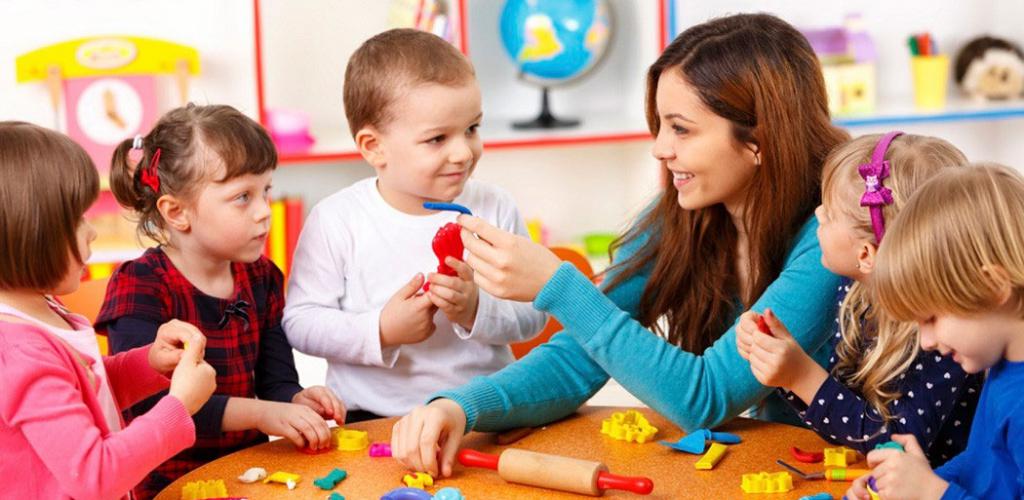
Depending on progress
Accelerated perception:
- In the case of accelerated learning perception, the educator complicates the task for the child, without separating from the general collective problem.
- Sends a child to interact with peers.
- Browsing discipline, desiccity.
- Adjusts the exact execution of homework.
The dominant factor for the mathematical development of children is to create a favorable environment. Gaming methods developed on the basis of modern approaches to education are well coped with this task. This technique allows you to master the material without overloading the brain of the child, without having a desire to do. Thanks to the game, children can master and consolidate mathematical knowledge at home. All these factors help to prepare a child to a more complex stage - school learning.

